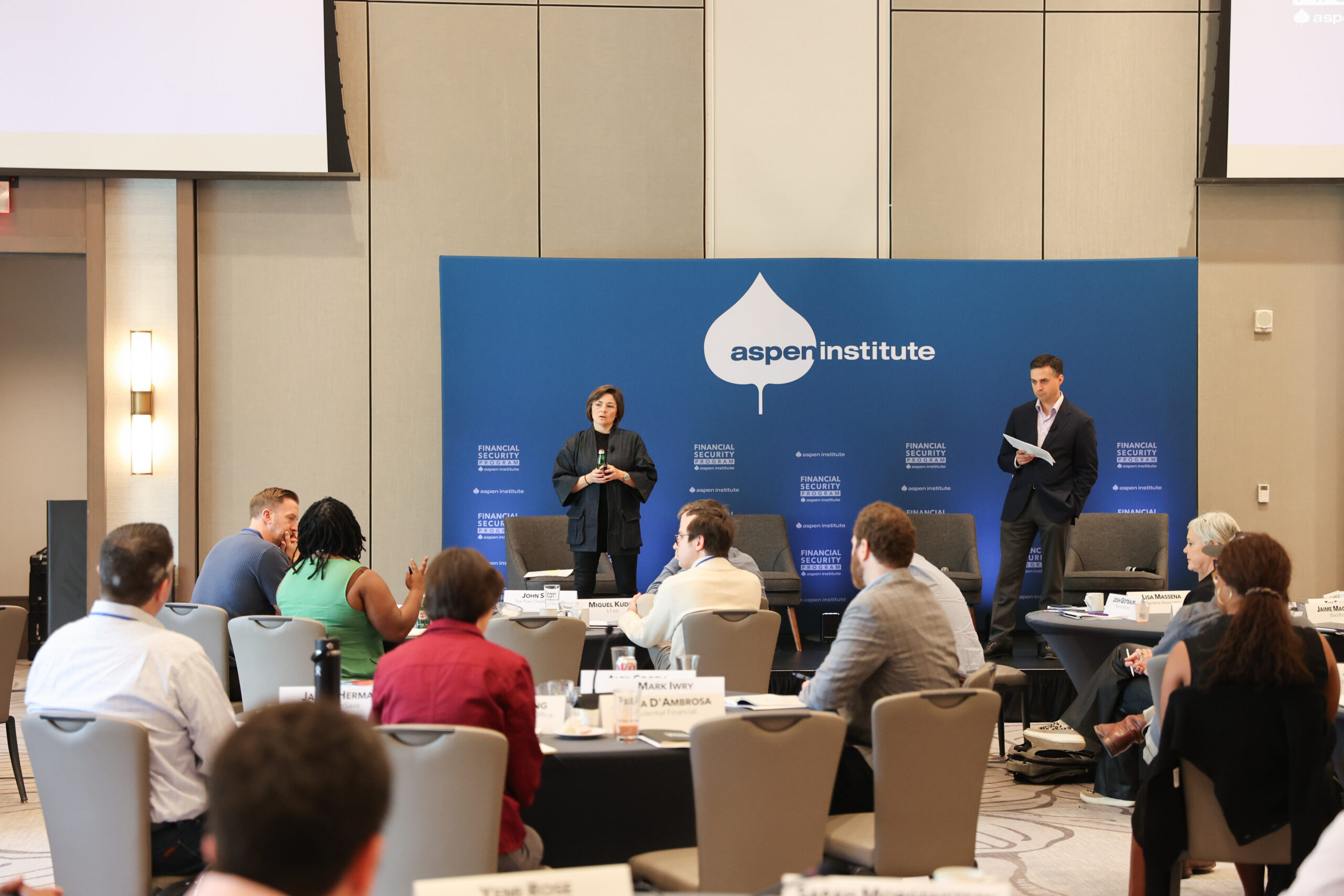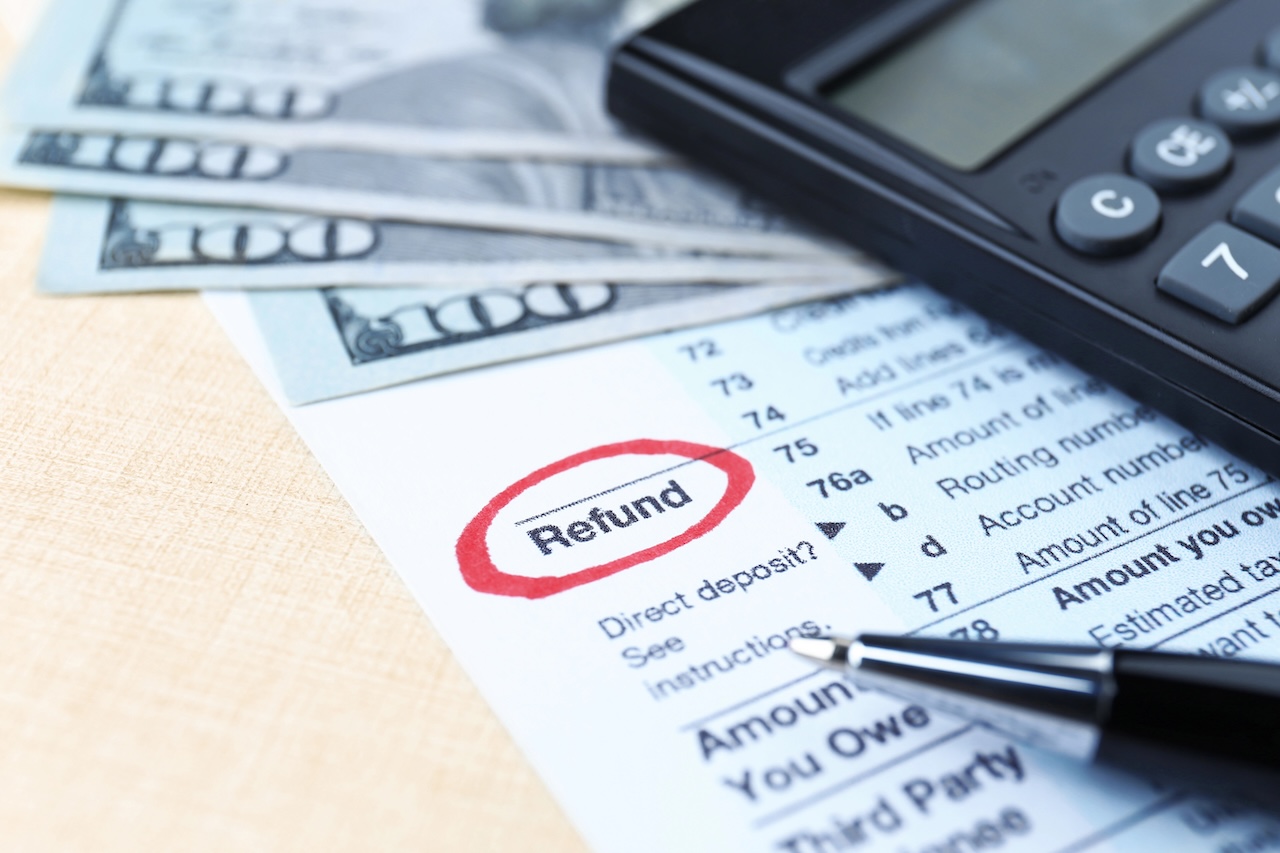Trump Accounts Are Here–Now Let’s Make Them Work for the Kids Who Need Them Most


For a powerful idea that’s been around since 1991—that every kid should be endowed from birth with a lifelong investment account and a stake in the economy—to move through Congress in just over 50 days as part of the One Big Beautiful Bill Act (OBBBA) is nothing short of remarkable.
In contrast with other OBBBA provisions that stand to decrease Medicaid coverage, institute work requirements for public benefits, and reduce access to student loan financing, among others, Trump Accounts stand out as a potentially promising step toward creating a widespread ownership economy. Specifically, Trump Accounts could be a meaningful down payment towards expanding economic opportunity if they ultimately feature automatic enrollment, which research shows will likely be required in order to reach the vast majority of eligible kids, and if they can help kids build meaningful wealth without reducing families’ access to economic mobility supports, like essential public benefits and other income supports.
The Aspen Institute Financial Security Program’s (Aspen FSP) review and understanding of the text matches that of many other law firms and tax experts: There are many questions about whether accounts will be automatically opened for all children in the pilot program, how these accounts will operate, whether financial services firms will want to or be able to offer them, and whether employers and charitable foundations will ultimately make contributions to accounts. Forthcoming guidance from the U.S. Department of the Treasury will be essential in clarifying key elements of the design of Trump Accounts, and will determine whether these accounts can fulfill their promise for American children.
On the importance of automatic enrollment in particular, Maine’s early wealth building program offers a crucial lesson: In the final year of the opt-in design approach, the My Alfond Grant program saw just 40 percent of eligible Maine children enrolling and receiving the $500 grant. Since the 2013 shift to automatic enrollment, 100 percent of eligible children have accounts and have received the grant.
40%
of eligible Maine children enrolled under opt-in design
100%
of eligible Maine children enrolled under automatic enrollment
With the law passed and accounts set to be opened beginning in 2026, our focus at Aspen FSP turns to implementation and the real money and investment accounts soon to be available to millions of newborns across the country. In particular, Aspen FSP will work to ensure all eligible people from low- to moderate-income households benefit from this investment in their futures and gain a meaningful ownership stake in the American economy, while continuing to elevate the leadership of state and local programs and push for more wealth-building tools for young people.
So, what do we know about how these will work? What opportunities exist to make this work for young people who could most benefit? And what’s next now that the clock is ticking toward implementation?
After having gone through multiple different iterations in the policy development process, Trump Accounts are now a modified traditional Individual Retirement Account (IRA)—that is, not a Roth IRA—for all kids under 18, starting as early as birth, who have a Social Security number. Below, we outline the key aspects of the policy:
First, we like that Congress and the White House now believe it’s a great idea to start saving and investing as early as birth for one’s entire life. Republicans and Democrats have advocated for this idea for nearly 30 years, and a version of it is finally now law.
Given the leading role that capital market investing plays in wealth creation in America, we are particularly excited that the Trump accounts eliminate barriers to entry and unlock the power of capital markets for all Americans. We note the flexibility that the text offers to Treasury to facilitate automatic account opening and funding for families who don’t do this on their own, and we strongly encourage Treasury to prioritize enabling automatic enrollment in the implementation of the Trump Accounts program, as its success for young people from low- to moderate-income households hinges greatly on this particular choice.
“We strongly encourage Treasury to prioritize enabling automatic enrollment in the implementation of the Trump Accounts program, as its success for young people from low- to moderate-income households hinges greatly on this particular choice.”
Second, we like that Trump Accounts could deliver meaningful “start-up capital” to young adults to brighten their financial futures. Life start-up capital for young adults is especially important as younger generations now face economic headwinds that previous generations never faced. The cost of wealth-building assets have increased dramatically, at rates exceeding the rate of inflation, creating barriers to entry for young people.
We say “could” because it depends on whether, as children, these young adults received a federal deposit, and/or if employers, nonprofits, states, cities, etc. make progressive contributions to their account. This extra boost is especially important in the accounts of children whose parents are unlikely to be able to make significant contributions. If so, it will be easier for them to invest in education beyond high school, a first home, and their retirement. (And we hope that policymakers will add entrepreneurship to the list of allowable, penalty-free use of the funds for young adults in the future).
Third, we like that Trump Accounts present a generational opportunity to scale up financial education and capability, and make it far more effective and salient, as kids will be building an “investor identity” as they experiment with investing money that is theirs. Financial education is most effective when it is tied into people’s real lives and delivered at critical moments. In the UK, for example, educators incorporated the Child Trust Fund into math curricula; it’s fun to imagine what educators, financial education experts, and financial technology innovators could do here in the U.S. A universally shared financial experience like Trump Accounts, if made permanent for American kids, could change the game for building the financial capability and confidence of the next generation if part of a broader movement.
Fourth, if Trump Accounts achieve the universal scale and success that policymakers envision, these lifelong accounts could offer future workers a universal, portable tool for lifelong retirement savings. By leveraging the traditional IRA structure, Trump Accounts could offer a tax-advantaged savings option to the tens of millions of private-sector workers without access to a workplace retirement plan, as well as the millions of Americans who currently rely on independent work.
By providing an eligible vehicle for people to roll retirement funds into when they change jobs, Trump Accounts also have the potential to reduce the tens of billions (currently $92 billion) that leak from the retirement system each year, as workers cash out their 401(k)s. Just as important, these accounts could provide an account for eligible savers to receive the Saver’s Match, launching in 2027—a 50 percent federal match on contributions up to $1,000 annually for lower-income workers. With 69 million people eligible to receive the Saver’s Match but only 22 million currently saving in a workplace retirement savings plan, routing these matching contributions into Trump Accounts could eventually deliver a meaningful boost in retirement savings to those who need it most.
We’re concerned about low- to moderate-income families trying to navigate the open market to open accounts for their children, especially given the unique complexities of Trump Accounts. These families have very few IRAs and 529s, for example. There is a mountain of evidence from other scale saving and investing programs—like 401(k)s, for example—about the importance of automatic enrollment, especially for people from low- to moderate-income households. So we need the federal government to facilitate an automatic enrollment-like experience for opening and funding these accounts, ideally through some centralized and/or pooled approach, similar to an employer’s 401(k) or a statewide child savings account program, but from the U.S. Department of the Treasury.
This is one of the key lessons from SEED for Oklahoma Kids (SEED OK) and other experiments and programs: that the best way to open, incubate, and grow savings and investment accounts for kids is through a centralized and/or pooled account structure. Given the goals of Congress and the administration to deliver the best possible outcome for all kids, this element of design feels like one of the most critical elements to get right. And for millions of low- to moderate-income American families, it’s essential.
As we think about other aspects of making these accounts work for households, it’s worth pointing out that since Trump Accounts are traditional IRAs with both pre- and post-tax dollars in them, distributions and tax reporting may be complicated for families and the financial services firms who will offer these accounts. Will this complexity influence whether and how families and young adults use or engage with these accounts? How might this complexity (or families’ perception of complexity) make accessing funds more difficult for households at the time of distribution?
All eligible babies born during this pilot phase between 2025-2028 (four years) will get a $1,000 federal deposit. To fulfill the promise of early wealth building and to meet the goals policymakers set forth for Trump Accounts, all future newborns should be eligible to receive a federal deposit. And ideally, in the years to come, policymakers will focus on how to facilitate additional federal deposits for young people from low- to moderate-income households—the ones with the greatest need to build savings and wealth. Proposals from Senators Casey and Booker—and, we should add, previous Republican lawmakers—provide a model of how to achieve progressive deposits.
As mentioned, the law gives explicit authority for cities, states, tribal governments, nonprofits, and foundations to make the accounts progressive in specified areas, and we hope they’ll rally and do exactly that. But given the requirements of the “General Contributions” structure to invest in geographic areas and age cohorts, those entities will likely find it difficult to make targeted investments in young people from low- to moderate-income households, depending on where they are making investments. In addition, those entities will never have the scale of the federal government in their ability to make targeted investments in families that need it most.
For decades, innovators across the U.S. have developed programs that currently reach millions of young people, leveraging local networks and infrastructure to develop both state-wide and community-driven programs. These programs and policies showed that early wealth building is possible in the real world—and that it can take many different forms.
We believe that Trump Accounts will be most likely to reach families, and enjoy durable political support for the long term, if they work alongside existing programs and other early wealth building models. Put another way: How can we design Trump Accounts so that they add to the “capital stack” available to families?
Relatedly, early assessments from financial advisors say that 529s are a better deal for savers due to their tax structure. We will be carefully tracking if and how Trump Accounts disproportionately benefit wealthier families, and whether any additional tax treatment changes are announced.
Just $2,000 in net worth—including the combined value of a car, bank account, and retirement savings—can disqualify lower-income workers from critical public benefits like Supplemental Security Income or Temporary Assistance for Needy Families. With this in mind, many families may not save and invest for their children because they are instead rightly worried about losing critical food, cash, and health assistance that have decades-old asset limits as part of eligibility requirements. Given the variability of the mostly antiquated federal and state rules regarding asset limits, we need to make sure that Trump Accounts are categorically disregarded in determining eligibility for means-tested public assistance programs.
In past debates over universal savings solutions, some have proposed a false choice—suggesting that expanding private savings could justify cutting or replacing Social Security. That cannot happen. And it’s important to be clear about why: Social Security remains the backbone of retirement security in America, particularly for low- to moderate-income workers who rely on it as their primary or sole source of income during retirement. While Trump Accounts and other long-term savings innovations can help build wealth over time, they do not offer the guaranteed, inflation-protected income that Social Security provides. The choice ahead isn’t either/or; it’s both. Strengthening Social Security while expanding access to long-term savings vehicles is the only path to financial security in retirement that is truly inclusive, resilient, and adequate for all.
We see Trump Accounts as a potentially meaningful down payment on a big idea: that every child should receive a progressively funded savings and investment account at birth so that, as young adults, they have “investable sums” to start their financial lives and build wealth through retirement. Providing $1,000 to American babies during the pilot period is an ambitious and exciting start, and we have much work to do to fully realize this vision.
In the short term, we will continue to convene and support key stakeholders, including families, young adults, policymakers, and financial services leaders in banking, asset management, recordkeeping, investment advising, and more, to figure out how this program could support young adults who need it most. In particular, we will convene leaders around addressing the critical regulatory and implementation questions we raise above, especially on automatic enrollment, which will prove crucial for reaching low- to moderate-income households. We will also organize focused discussions among nonprofits, philanthropies, cities, states, and others around better understanding the “General Contribution” opportunity to add progressive deposits for specified populations, as well as employer contributions.
A special focus of the dialogue and policy advising to come will be to engage with policymakers about ways to strengthen the accounts or make them work better for low-to-moderate income households. No doubt, in the months and years to come, a punch list of high-priority improvements will emerge, as both automatic enrollment and categorical asset limits exemptions already have.
At Aspen FSP, we remain committed to doing our part to ensure that all babies benefit from these accounts, and that the policy is the start of a truly widespread ownership economy where everyone begins young adulthood with the assets they need to thrive. By definition, the work of building effective early wealth building accounts will take decades. Given how much is on the line, we are in it for the long haul.
Aspen FSP recently convened a series of roundtables on early wealth building policy. Here’s what we’ve learned.
Universal early wealth building accounts have the potential to transform household wealth in the U.S.—and they have bipartisan support.

Tax refunds in early 2026 could be $1,000 to $2,000 larger for many households due to retroactive tax law changes....

Why does it feel like large companies always get the upper hand? Maybe it’s the long contracts with fine print,...

What can you do if you can’t afford college? Maybe the financial aid award wasn’t enough, or you only want...